How to Plant Asparagus Crowns and Grow Asparagus For Years!
This post may contain affiliate links, view our disclosure policy for details.
This is a step-by-step picture tutorial on how to plant asparagus crowns and grow asparagus for years. We’ll go over how to plant asparagus crowns, how to care for your asparagus plants, and how to harvest asparagus. Asparagus is really amazing! If you plant it right it won’t take much maintenance at all and it can produce asparagus for years. Definitely a vegetable that is worth your time and effort!
Asparagus is one of my favorite vegetables. I waited a few years to plant it in my garden because I knew we wouldn’t stay in town and once you plant asparagus it will produce for years and you don’t want to move it. Kinda like planting fruit trees.
When we bought 20 acres in the country, I know a bed of asparagus was priority number one. After all, it takes it a couple of years to grow to the point you can harvest from the bed.
So in the spring of 2014, I planted a 30 feet bed of asparagus and with little to no maintenance it has been producing beautiful asparagus ever since. For a gardener, there can never be anything better than a vegetable you plant once, barely spend any time caring for during the season, and yet it produces for years!
Here, in NC, we also don’t really have many pest problems with asparagus which makes it even better. And, of course, it’s so tasty and takes minutes to prepare for dinner, lunch, or breakfast (we even eat it as a snack sometimes).
I hope that I convinced you to grow asparagus! Now let’s get into the practical part of this post…
How to Plant Asparagus Crowns And Grow Asparagus For Years!
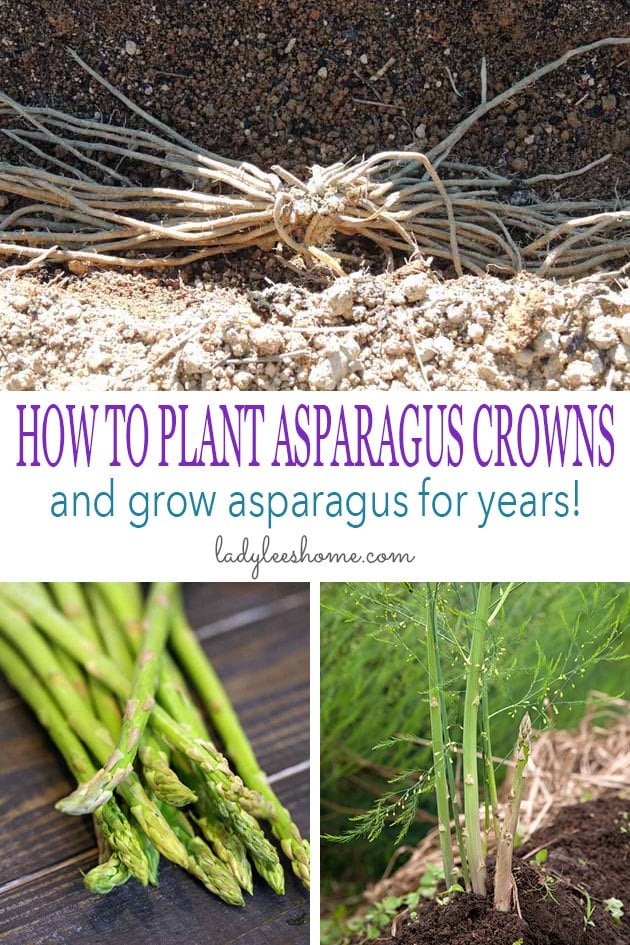
Asparagus is a perennial. Once you plant it it will grow in the same location for 15-20 years. The young spears that come out of the ground are the only part that is edible, you must avoid the little red berries that appear on the foliage later in the season, those are poisonous to humans (we will talk more about harvesting later).
Should I Plant Asparagus Seeds or Crowns?
I say crowns.
You can start with seeds if you want, plant them in a container and once they are a few inches tall transfer them to the garden. It’s no different than starting other transplants like tomatoes or cabbage. Seeds are much cheaper than crowns, however, you are going to need to wait an extra year until you can harvest from your asparagus plants. (Read: Starting Vegetable Seeds Indoors Under Lights)
I bought my Jersey Supreme crowns from Johnny’s Selected Seeds. They are delivered in a box, wrapped in white paper. When you get your crowns they are already a year old, saving you the year you would have to wait if you started from seed. It’s better to plant them right away, but if for some reason you are not able to do that you should wrap them in a newspaper and store them in the refrigerator.
25 crowns cost $39. Not that big of an investment if you ask me.
Where to Plant Asparagus?
Since this is a perennial that will produce for years, make sure you choose a location that won’t be in the way of other things. Don’t plant it where you plan to build a shed because you won’t be able to move it.
Make sure your asparagus bed is in full sun (8 hours), and in a well-drained location. Asparagus will not survive in wet beds.
It’s best to send a soil test to the lab (can be done through your cooperative extension) the fall before planting to make sure your soil is not acidic. Best soil pH is 7.0, if your soil’s pH is lower than that make sure to add lime to raise the pH.
Also, before planting add lots of compost, aged manure, and fertilizer, and work it well to a depth of 12”.
It takes some time to prepare a good asparagus bed but I assure you it’s time well spent. It’s very hard (if not impossible) to fix planting mistakes after planting and they will result in lower yields.
Asparagus is a bit spoiled, it won’t grow in acidic soil, wet beds, or poor soil, but once it’s established it will grow for years without much work on your part.
Once your soil is ready, dig a furrow 5”-8” deep. This depth is critical. If you plant the crowns too shallow, they will produce a large number of small spears, if you plant them too deep yield will be very low. This is not a mistake you can fix later, so make sure to grab your child’s ruler before you go out to the garden to plant so you can measure the depth of the furrow.
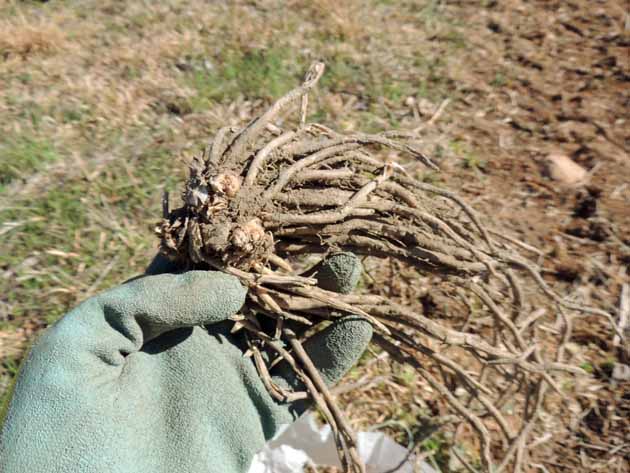
Next, separate your crowns. They will be a bit tangled with each other so do it carefully so you don’t damage the roots.

Spread the roots apart and place the crown in the furrow with the bud upright.
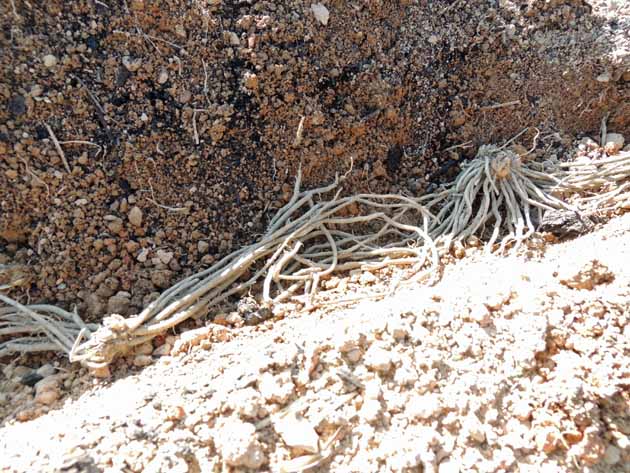
Space the buds of the crowns 8”-14” apart. If you plant more than one row, make sure to space the rows 3′-6′ apart.

At planting, cover the crowns with only 2”-3” of soil and water well. As your asparagus starts to grow and shoots appear, gradually back-fill the furrow around the shoots (don’t cover them). Do this 3 or 4 times during the first year until the furrow is completely filled.
A common question that people ask is if asparagus spreads. When I did my research for this post and before I planted my asparagus I found places online that instruct to space plants 4′ to 5′ apart because they will spread… I’m not sure why. I decided to follow Johnny’s spacing guidelines and in my five years of growing asparagus, I can report that the bed does fill (asparagus spears will shoot up along the row), but asparagus does not spread much.
Caring for Your Asparagus
Watering, Feeding, and Weeding – Make sure to keep the bed free of weeds and watered well (about one inch of water a week). The best way to do it is to mulch the bed with hay, straw, or leaves. About 6” or so of mulch will do great.
Asparagus is considered a heavy feeder. I’ve heard of people that grow asparagus in hay and straw and never compost or fertilize because the mulch is gradually breaking down and feeding the plants.
Monitor your plants and if they look like they need a boost you can fertilize the bed. I love to use worm casting. I won’t disturb the soil, just spread the compost above the soil, maybe mix it in the top 2”, and cover the bed with straw again.
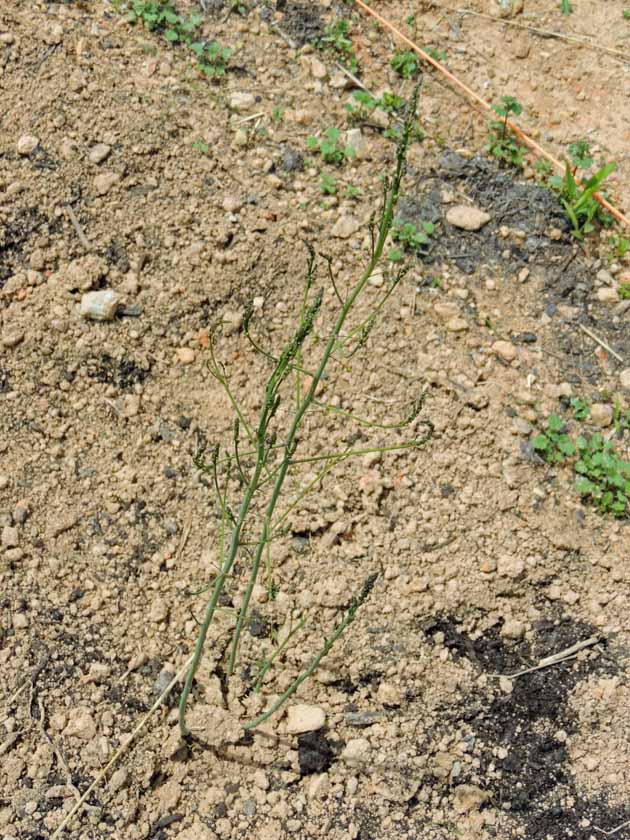
Pest – In my years of growing asparagus, I didn’t have any issue with pests. There is a beetle that is called the asparagus beetle and can be an issue. The beetle feeds on the spears and overwinters in the bed.
If you can’t get rid of the beetle by picking it by hand or using neem oil or diatomaceous earth, you can try using pyrethrin or spinosad which I think are both considered organic pesticides (I do not have any experience with those so make sure to check a little further). You can learn more about asparagus beetle here.
Trimming – every fall, trim your asparagus to ground level. Make sure to remove crop debris because this is where the asparagus beetle overwinter.
Harvesting Your Asparagus
One year after planting, in the spring, you can harvest from your bed for 7-10 days.
Two years after planting your bed, in the spring, you can harvest from your bed for 2-3 weeks.
Three years after you plant your bed and for the following years, you can harvest from your bed for 6 weeks.
It’s important to say that you should harvest all spears even thin or damaged ones to keep your plant healthy. Those damaged spears, if left in the ground and allowed to fern can cause a delay in spear production and serve as a host site for pests.
You should use a sharp knife and cut the spears just under soil level. Once you have your spears, store them in the refrigerator.
Remember to avoid the little red berries that will appear on the plant later in the season and make sure you educate your children about those. They are poisonous to humans and shouldn’t be picked.
So every year, you plant as much as you can according to the instructions above and then for the rest of the season you let the plant grow and fren and you don’t harvest at all. Then in the fall, you cut the plant back to ground level, it will go to sleep for the winter and will start growing again in the spring.
How to Cook Asparagus
You can add asparagus to anything. If you make vegetable soup, throw some asparagus in it 10 minutes before it’s done. If you make broccoli casserole, add some asparagus to it. The thing to remember is that asparagus is not really great fresh from the garden, it needs to be cooked. It cooks very fast though so it’s not a big deal.
Here is one way I like making it…
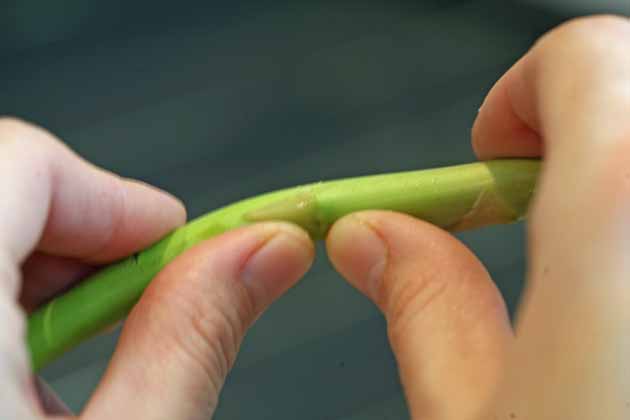
First, whatever you are going to do with your asparagus, you have to get rid of the woody bottom of the spear. Place your thumbs about an inch and a half from the bottom of the spear and press lightly…
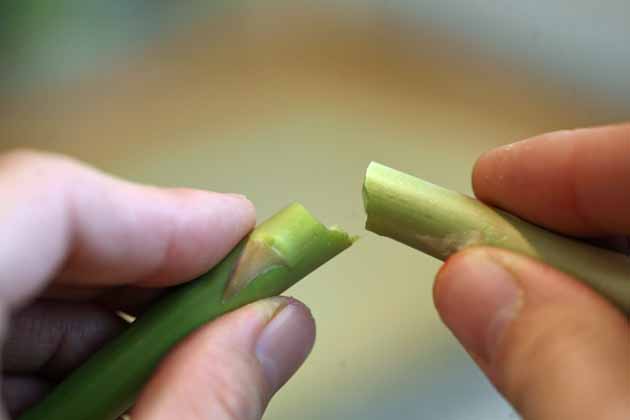
Until it snaps. The woody part is going to the compost pile or the worms, and the top part is what you use.
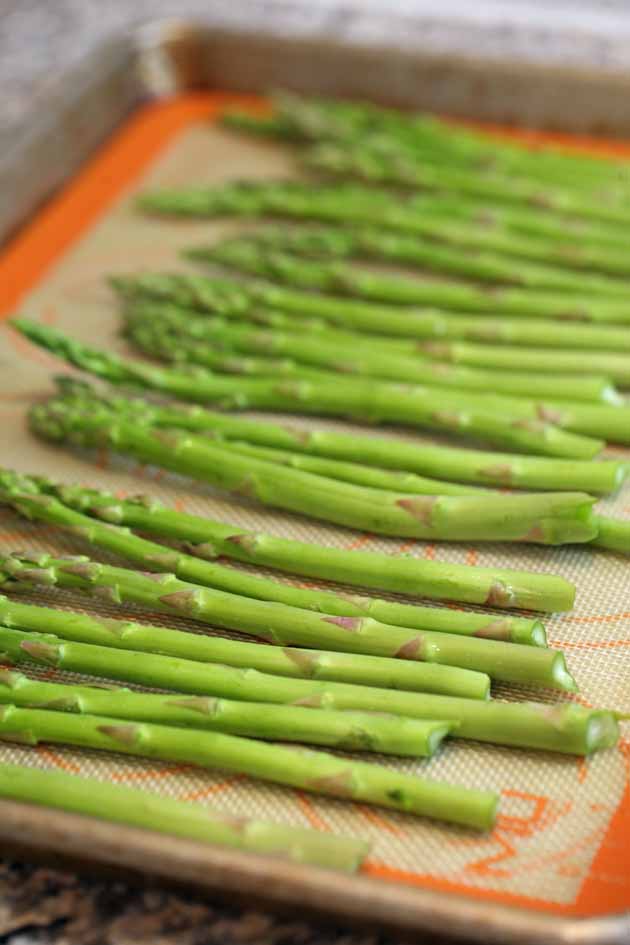
Set the spears in one layer on a baking sheet…
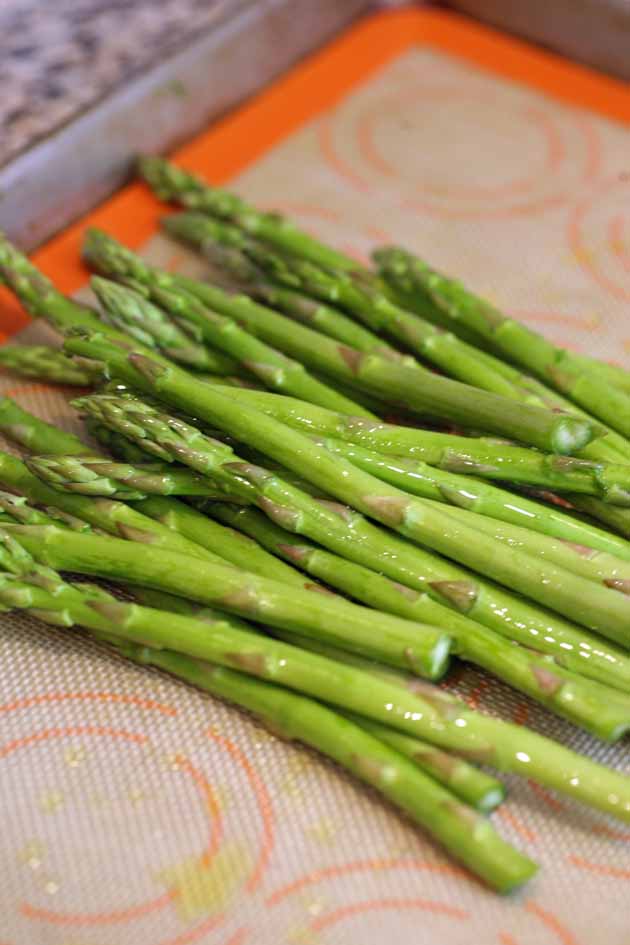
Add some olive oil, maybe a tablespoon or so and toss them around a bit to coat them.

Set the asparagus in one layer on the baking sheet again and sprinkle with salt, paper, and garlic powder.
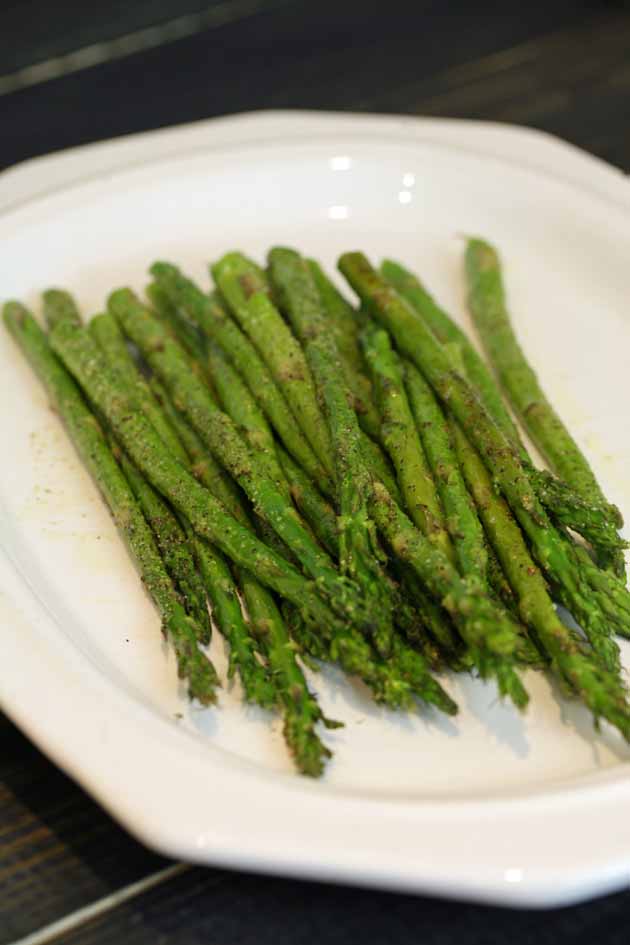
Bake in a 400F oven for 10 minutes and that’s it. They are so good this way, of you can also sprinkle grated parmesan on them. An awesome, easy, side dish.
Here is another easy way to cook asparagus…
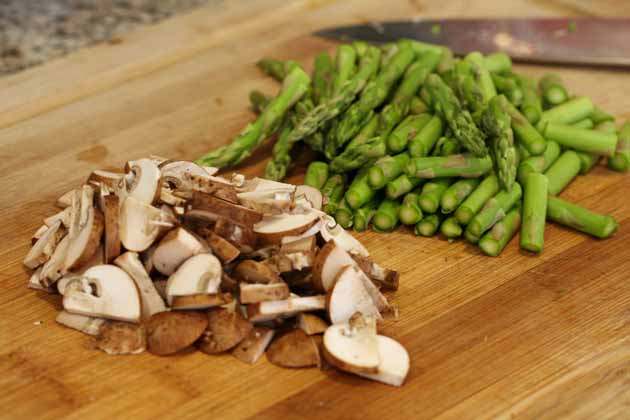
Start by slicing a few mushrooms and cutting up a few spears of asparagus (don’t forget to remove the woody bottom).

In a pan, heat half a tablespoon of butter and a tablespoon of olive oil…
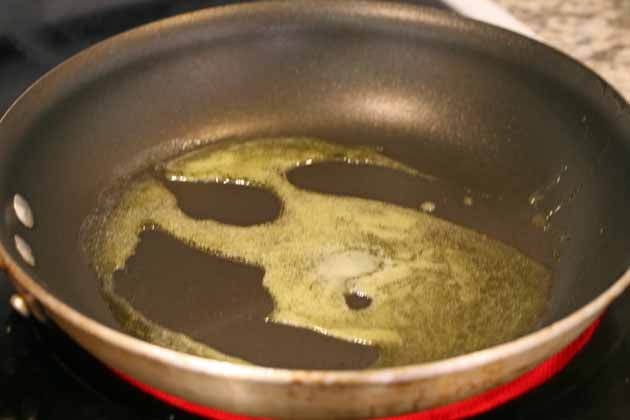
When the butter has melted and the pan is hot…
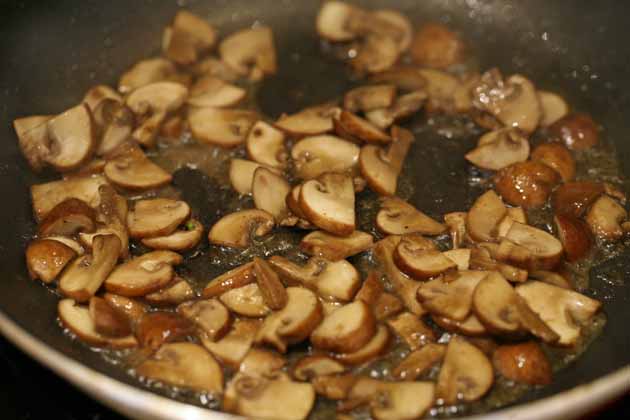
Add the mushrooms and cook, stirring frequently, for 2-3 minutes.
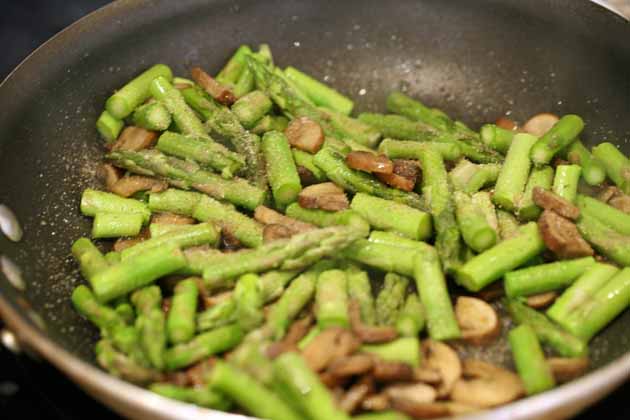
Add the asparagus and season with seasoned salt…
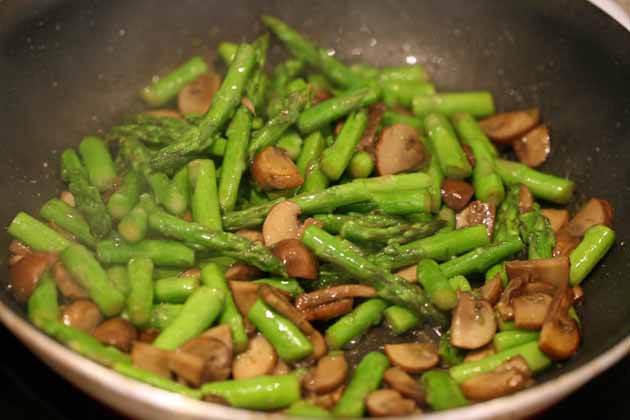
Let this cook, again, stirring frequently, for 5 minutes or so.

You can add this to pasta, or quinoa. I ate it over brown rice for lunch on Friday. Really, you can’t go any healthier than that… Too bad my desert was a square of Rice Krispies… Oh well.
There is a small price to pay for this goodness. For a couple of days after eating asparagus, your pee is going to stink. This is known as asparagus pee and it happens because the sulfurous amino acids in the asparagus break down into smelly chemical compounds that are airborne. The funny thing is that not all people can smell it. You have to have a special gene that allows you to smell asparagus pee. So if you do smell it, know that you are not only healthy and normal, you are special too!
Until next week…
~Lady Lee~

Hi! I’m Lady Lee. I help homesteaders simplify their homesteading journey while still producing a ton of food! I am a single mother of four, I was born in Israel and raised in an agricultural commune called a Kibbutz. Now I homestead in central NC.

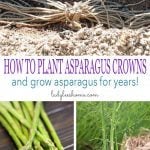
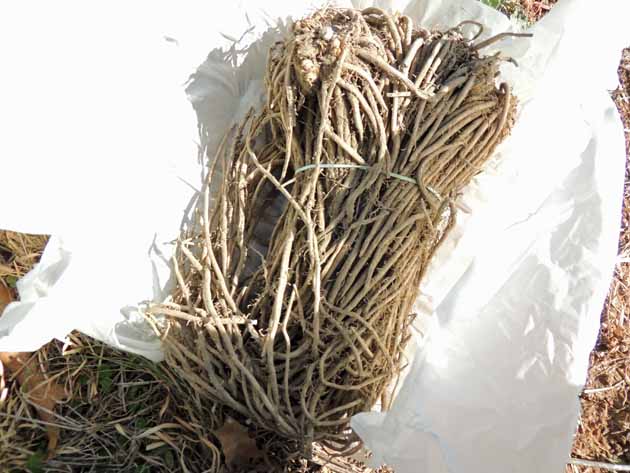
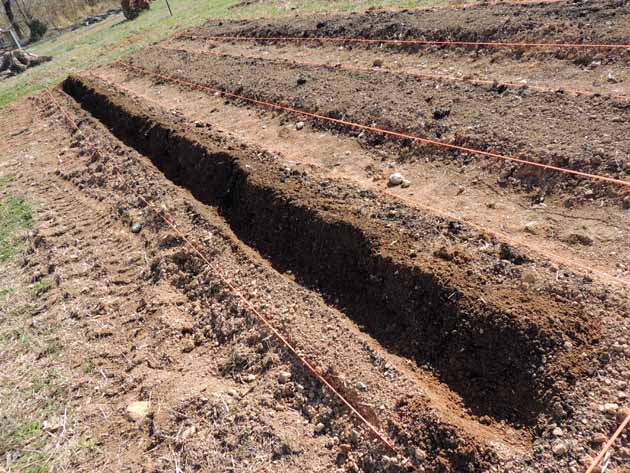

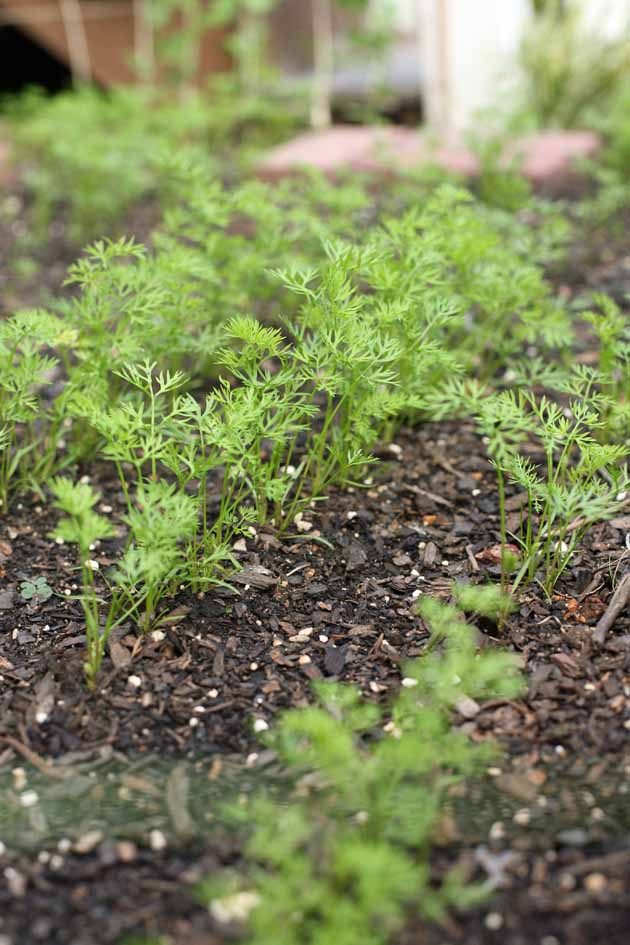
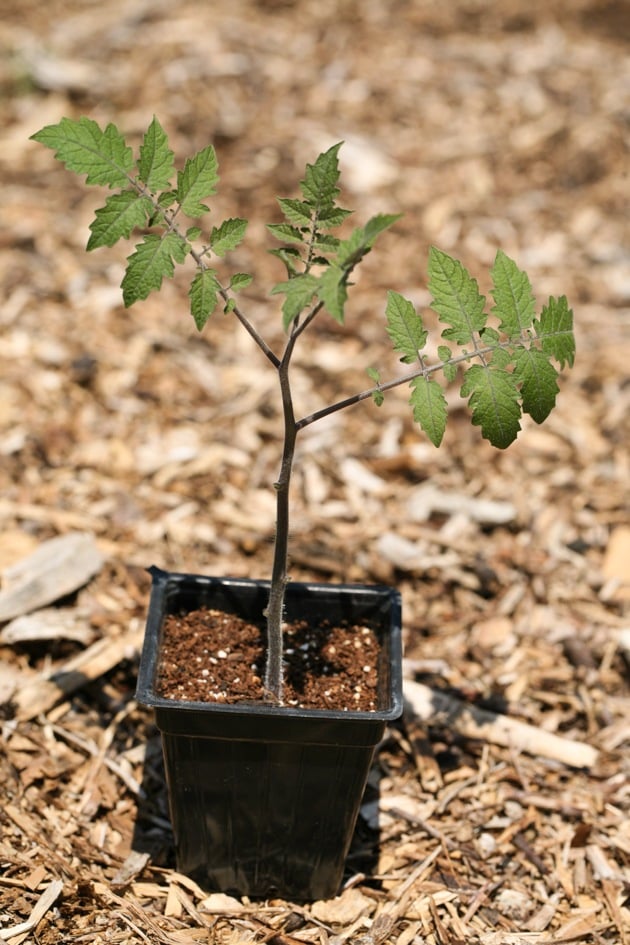
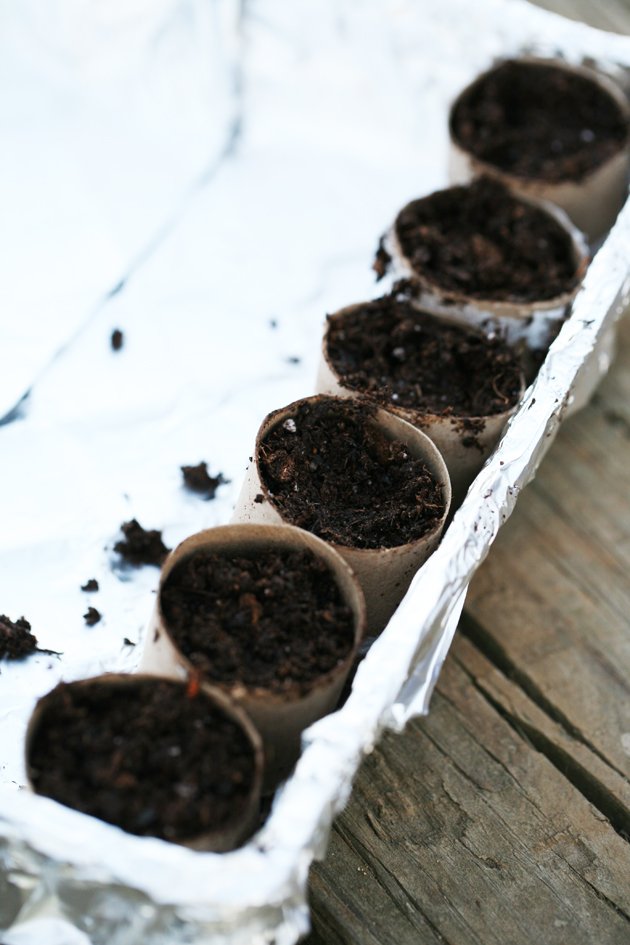
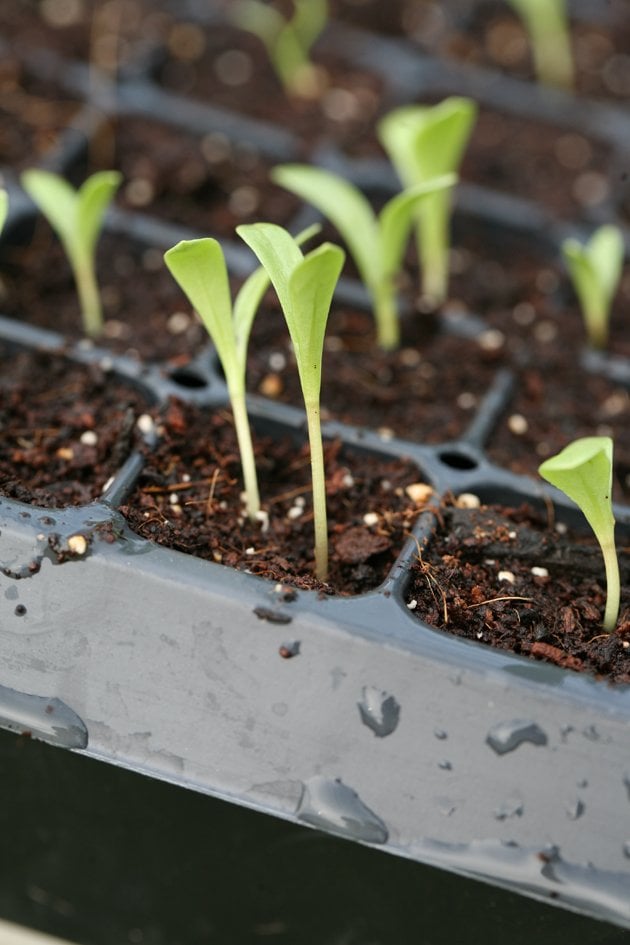
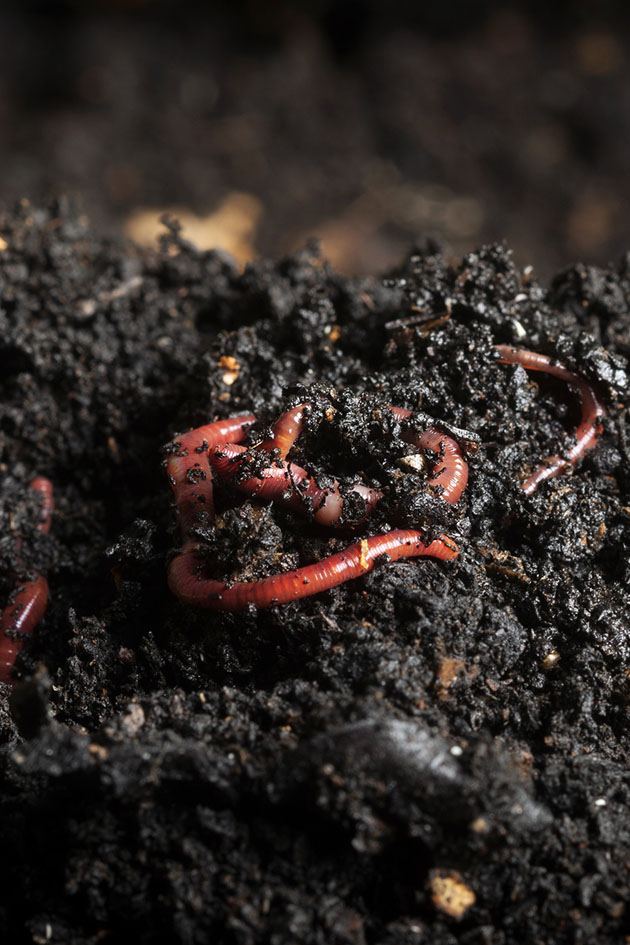
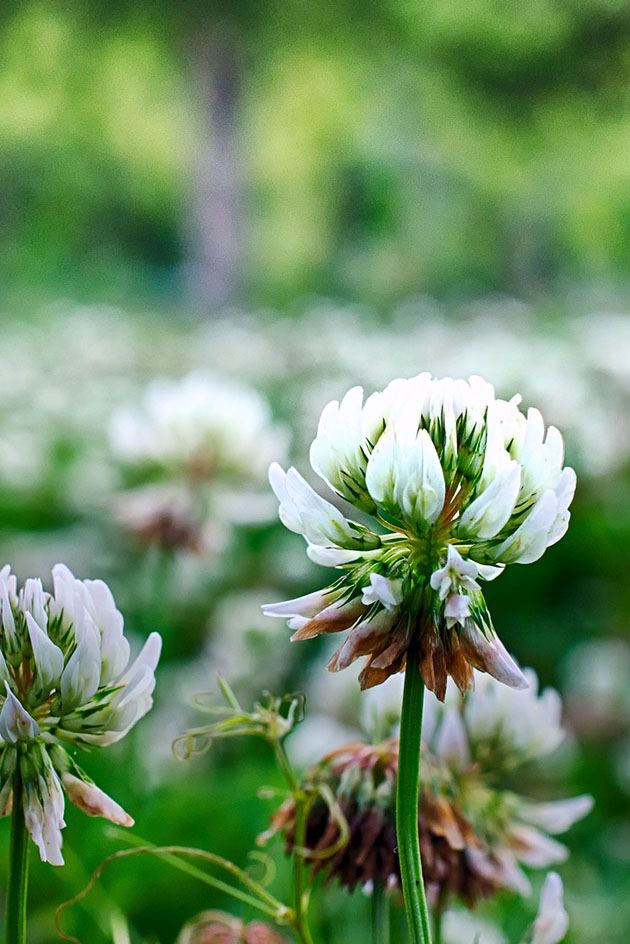
I appreciate you sharing your knowledge on asparagus. As a visual learner, your pictures are helpful. I’m fairly new to central east coast NC and gardening. My question is: could asparagus grow in a large 22 inch container?
Thank you again for boosting my confidence in my asparagus growing experience
Yes, should be fine in a container as long as you can plant it deep enough.
Instead of trashing the first inch or so of your asperagras take a GOD SHARP potato peeler and peel the outer part till you hit the whiteish inner part then trim off maybe a 1/4 inch of the bottom maybe 1/2 of older stalks’.
Why waste good stuff that you wait so long to harvest !!!!
what other fertilizer can be used for asparagus? don’t have access to worm castings thanks
I also use fish emulsion and Espoma organic fertilizer for vegetable gardens. If you are covering your bed with a good layer of straw mulch, the straw will decompose and become compost. It’s often enough for the plants!
I did not know that the berries were poisonous, they sure are pretty! Slugs can also be a problem and they behave like a cut worm. As the spears move in the wind they push the soil back and the slugs hide-out down there during the day. I sprinkle DE over the soil to discourage them. Love your recipes! Going to try the mushroom/asparagus one tonight. It’s still a bit too early to harvest from the garden but the grocery had some. Cheers!
Awesome article! And the pictures are really helpful too!
Thank you for taking the time to tell me this is helpful! I appreciate it.
Excellent post, thank you! I haven’t grown asparagus yet, but I can’t wait to when we move!